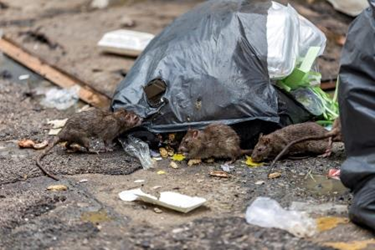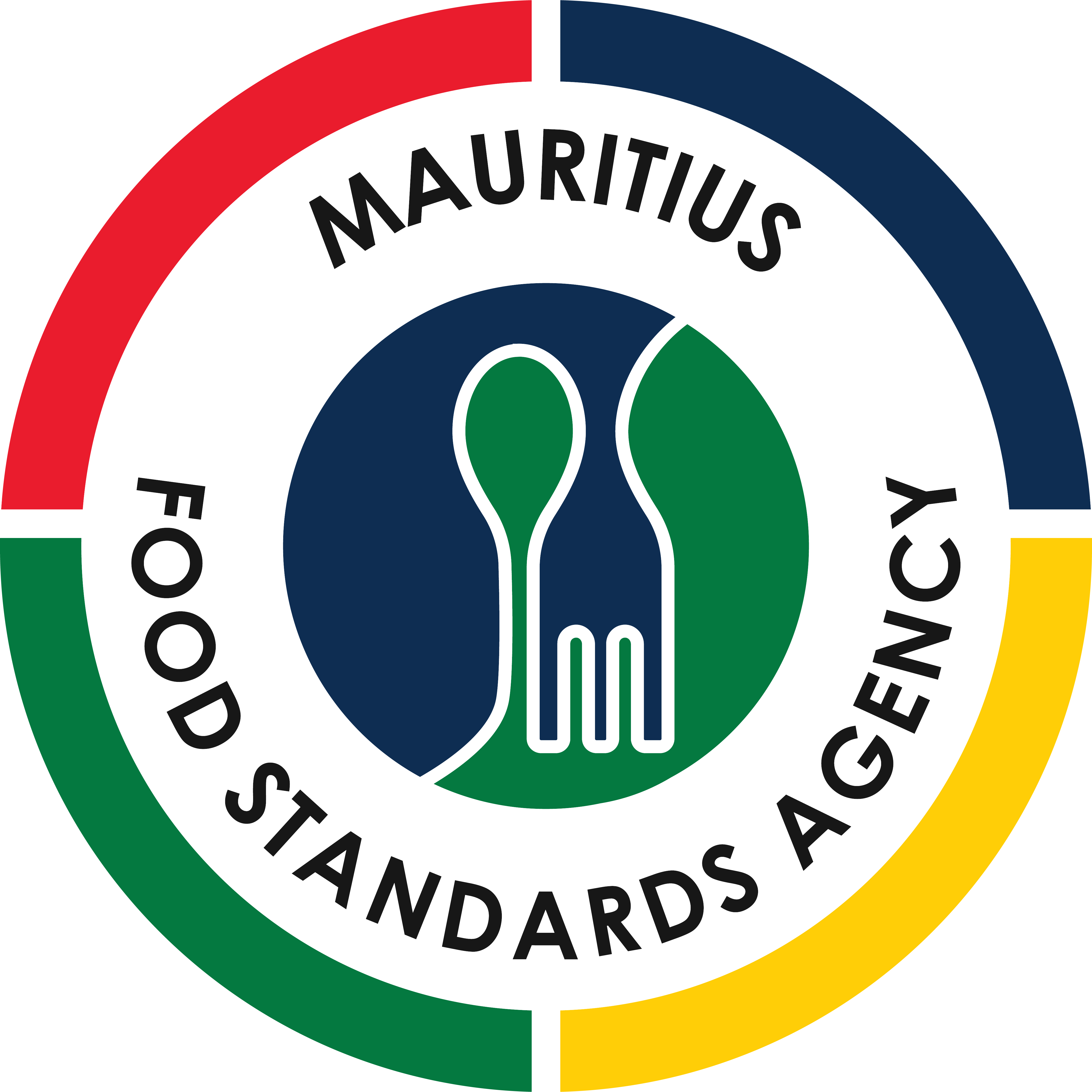What is Leptospirosis?
Leptospirosis is a disease caused by a bacterium, which can be spread from animals to humans. It is mainly passed on through contact with infected animals or their urine.
Which animals are carrier of leptospirosis?
Leptospirosis can be found in the kidneys of almost all mammals, and they can pass it on to humans and other animals. Rodents were the first known carriers of leptospirosis. They are the only major animals that can spread the bacteria throughout their lives without showing symptoms, which means they can be a primary source of infection for humans.

Leptospirosis is found all around the world, but it’s most common in tropical and subtropical regions with lots of rain.
Mode of transmissionWhat is the mode of transmission of leptospirosis?
The disease tends to show up where people come into contact with the urine of infected animals. Mode of transmission also includes handling of infected animal tissues and ingestion of contaminated food and water.
How does the bacteria enter the body of humans and animals?The bacteria can enter the human body through cuts or abrasions in the skin, through the nose, mouth, or eyes, and possibly through soaked skin.

Clinical Manifestations
What are the clinical manifestations of leptospirosis?
Leptospirosis can cause flu-like symptoms such as fever, muscle pain, nausea, and vomiting. Severe cases may lead to Weil’s syndrome, meningitis, or pulmonary haemorrhage with respiratory failure.
Prevention and Control
Minimize the risk of getting infected by avoiding contact with animal urine, infected animals, or contaminated environments. The bacteria shed in animal urine can survive in the environment for weeks to months under the right conditions. Use protective clothing and cover wounds with waterproof dressings when exposure is likely, such as in occupational or recreational settings. The bacteria are affected by various environmental factors. They are quickly destroyed by disinfectants and complete drying.
Prevention and control measures include:
- Washing your hands before handling food and often during food preparation.
- Washing and sanitising all surfaces and equipment used for food preparation.
- Protecting kitchen areas, food, and food storage areas from rodent.
- Separating raw and ready to eat food to avoid cross-contamination.
- Cooking food thoroughly at a temperature of at least 70 °C.
- Using safe water.
- Washing fruits and vegetables with safe water, especially if eaten raw.
- Avoiding food that is damaged.
Source: WHO
